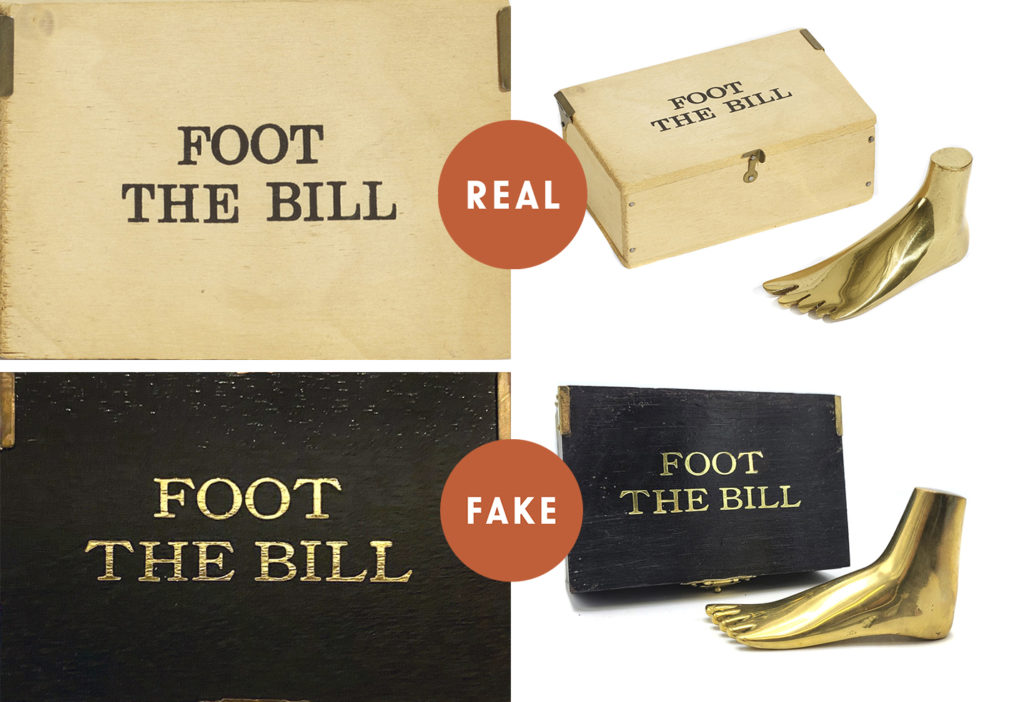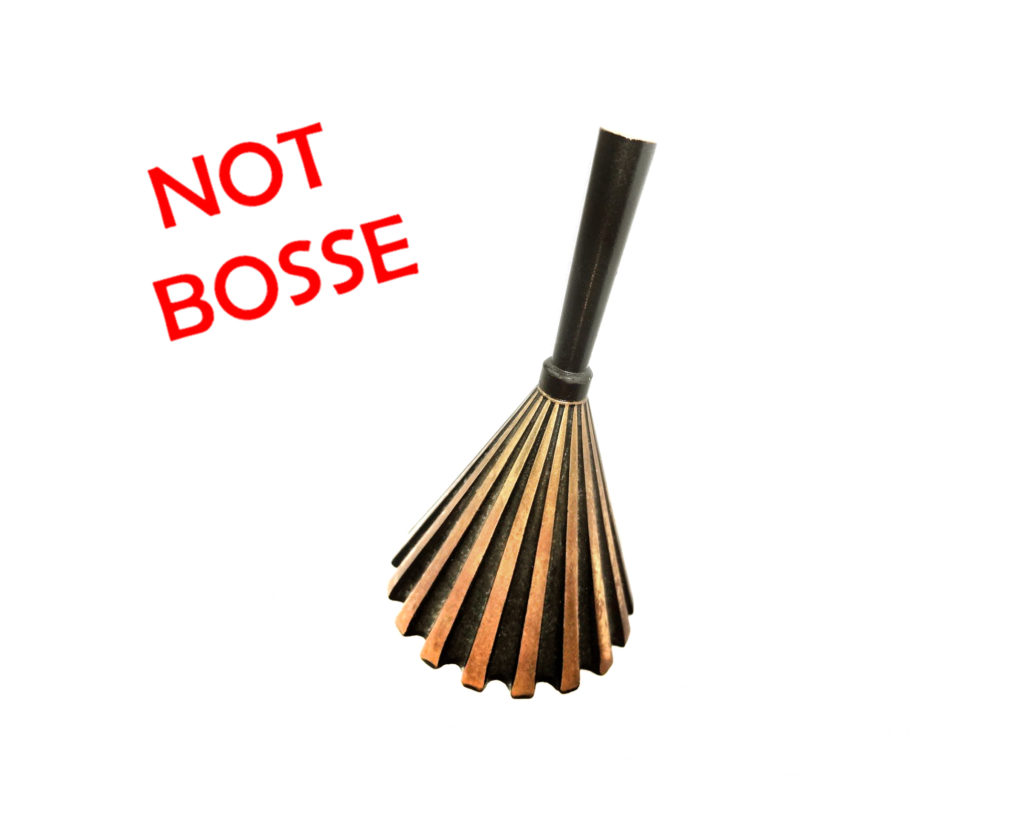I’ve always admired these figa lighters when I’ve come across them in my searches for Austrian-made brass and bronze. The markings have always intrigued me: “Saks Fifth Avenue” in an elegant, hand-drawn script, and “Made in Austria” in the typical sans-serif of an Austrian mark. They do not come up often, and seem to be […]
A mysterious hand: Saks Fifth Avenue, Made in Austria, and Auböck [UPDATE]







